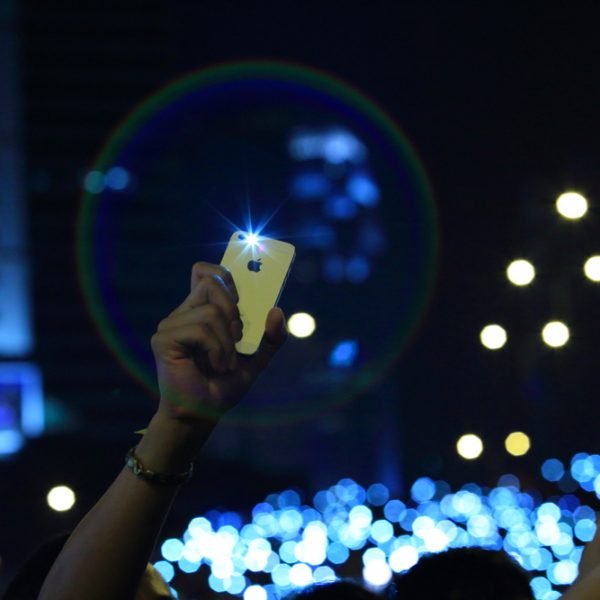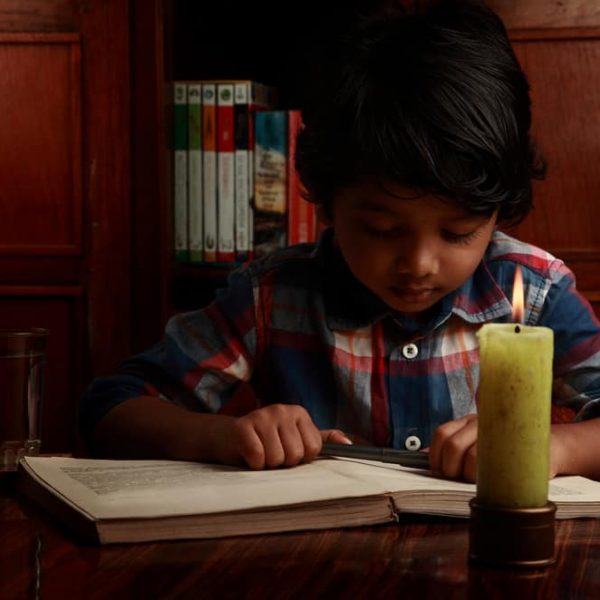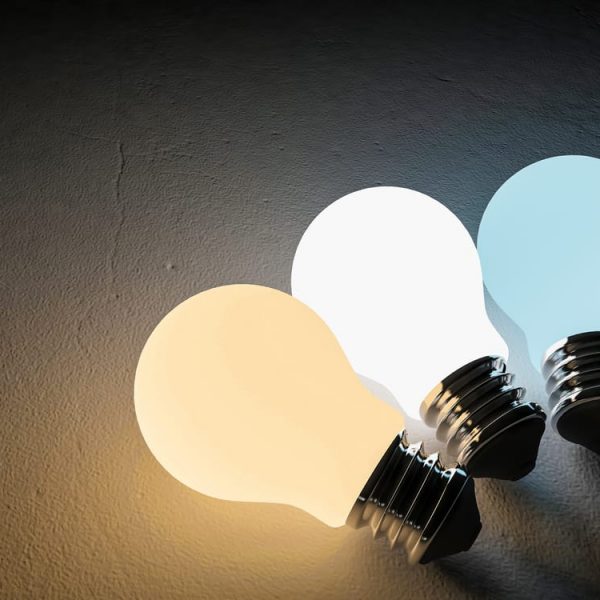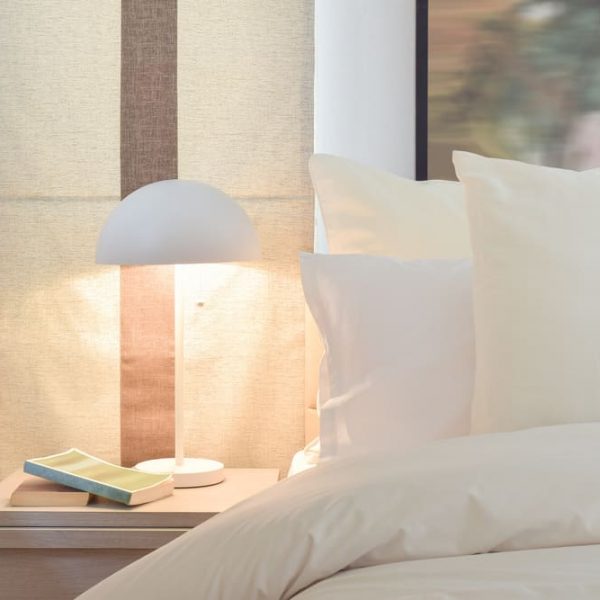If you are one of the passionate readers, you know how tiring that activity can be when the room’s lighting is inadequate. The way you feel while reading will primarily depend on the types of lights you use. Some of them will encourage eye fatigue, while others positively affect your vision.
Even though reading in the dark doesn’t cause permanent eye damage, it may lead to eye strain and headaches. Luckily, there are a few lighting tips for reading that will help you avoid the problems associated with inadequate lighting. Let’s see.
Lighting Tips for Reading
1.Layout
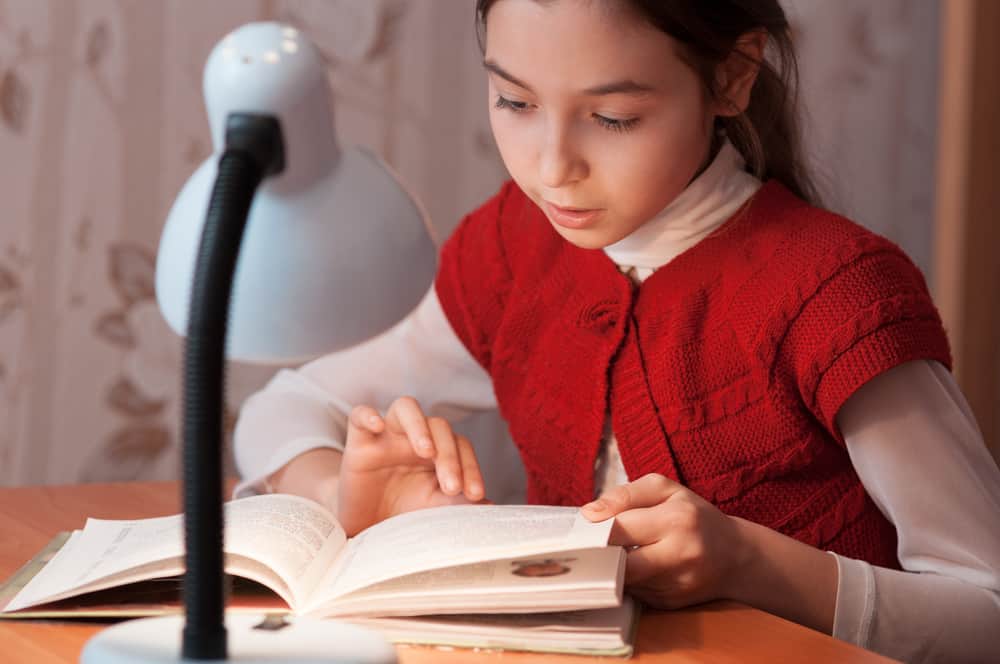
Since the light intensity significantly affects the eyes, the first thing you need to do is to determine the layout of lights in your room. The most comfortable way to provide optimal lighting is to place a table lamp on your desk. That way, you will get direct light pointed to the pages of your book.
If you spend hours using the computer, you should place subtle lighting behind the monitors. That trick will reduce eye strain by providing an even glow.
2. Wall Colors
Always paint walls in the room where you often read in light colors. It will complement the chosen lighting without adverse effects on your eyes. Try to avoid synthetic enamel paints and dark and too shining colors to protect your vision.
3. The Brightness of Reading Area
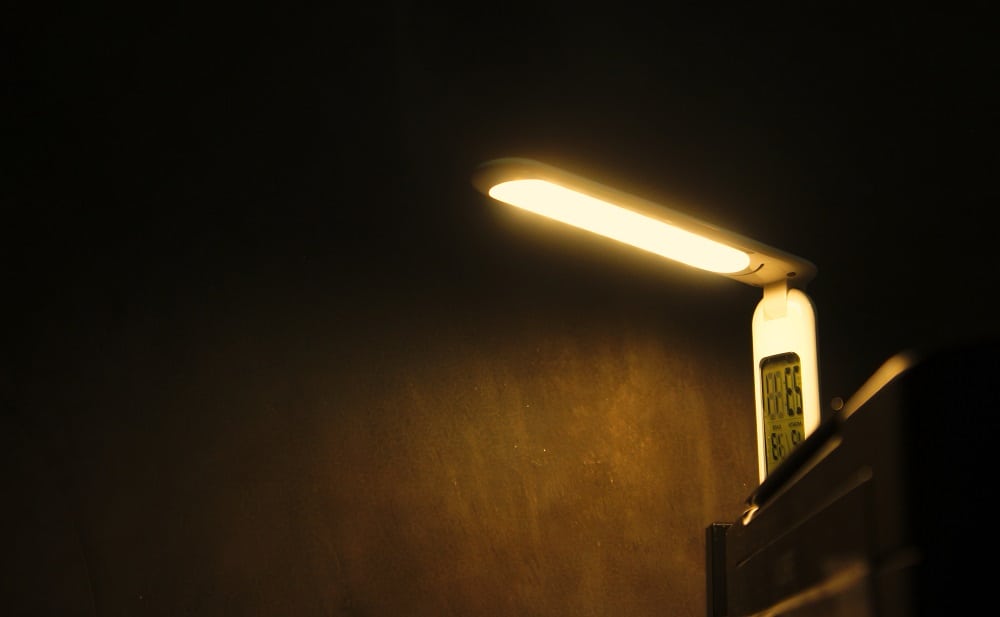
If you are one of those who prefer reading on a digital device, you should harmonize the reading area’s lighting with the brightness of a computer screen. Always take care to pick out the brighter lighting for the reading area than the light on the device you use.
One more thing! Never read in an entirely dark room while using the computer. It will force your eyes to adjust between the screen brightness and the dimly surrounding lit and consequently cause eye discomfort and low concentration.
On the other hand, harsh fluorescent lighting may cause migraines, so you need to find the best solution for you.
4. Task Lighting
The next task is to pick out the best reading lamp that provides highly focused local light while reading. It won’t be too hard to find suitable wall mounted reading light and kids’ reading light among many available models.
You can also attach one or two adjustable desk lamps on the table and use them to get a brighter light. These practical devices will complement the primary overhead lighting in your room whenever needed, especially when you decide to read.
Nowadays, you can find numerous focused task lightings, including:
- Table (desk) lamps
- Swing-arm lamps
- Reading light for bed
- Headboard reading light
- Bedside table lamps
- Swag lights over a seating area
- Low hanging pendants
- Reading lamps next to your favorite reading spot
- Sconces
- Wall mounted reading light
As you can see, the form and design of the task light don’t matter. The crucial thing is to offer ample, focused lighting you need while reading.
5. Increase Task Lighting
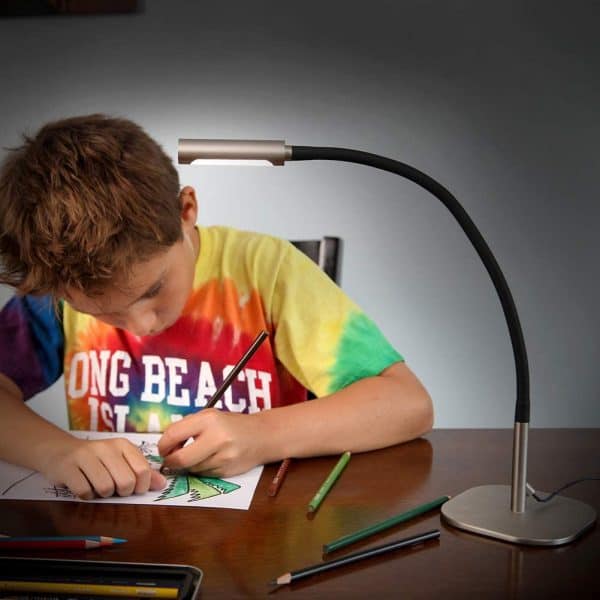
According to experts, the best option for reading is a 100-watt lamp, but you should choose the one that pleases your eyes the most. For example, I like the lamp with a bendable neck. It would help if you positioned it to shine directly onto the page because the light that comes over your shoulder causes too much glare while reading.
Choosing the best light bulb for reading
These bulbs were highly popular until recently, and many people prefer their lighting despite some downsides of this choice.
6. Shape
Nowadays, you can find numerous bulb shapes available on the market. Keep in mind that various forms provide a different angle of light and its spreading. It’s up to you to buy a golf bulb that produces the narrow spotlight beam or a globe model that offers almost 360-degree spread.
7. Level of lumens
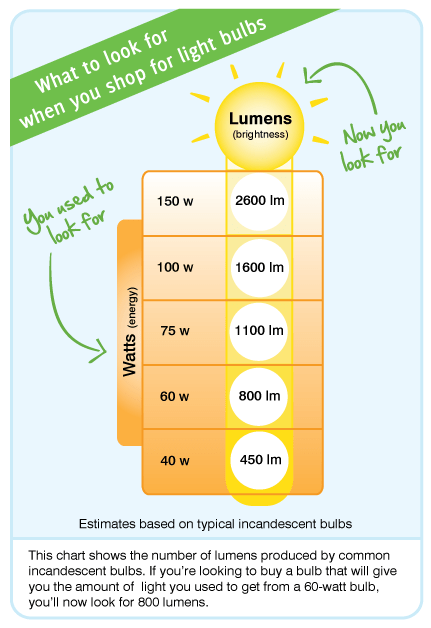
Determine the lumens’ level that fits your eyes the best and set it on the maximum while reading. It is crucial to consider the bulb type you can dim. Unfortunately, it is challenging to control CFLs with a standard dimmer so that you can think about a low-voltage LED in such a case.
Keep in mind that you will get a brighter light with a higher number of lumens. For example, it will be enough to buy a bed-sized table lamp with 400 lumens. On the other hand, you will need more bulbs that provide 1,500 to 3,000 lumens for an average living room.
8. Color of the lighting
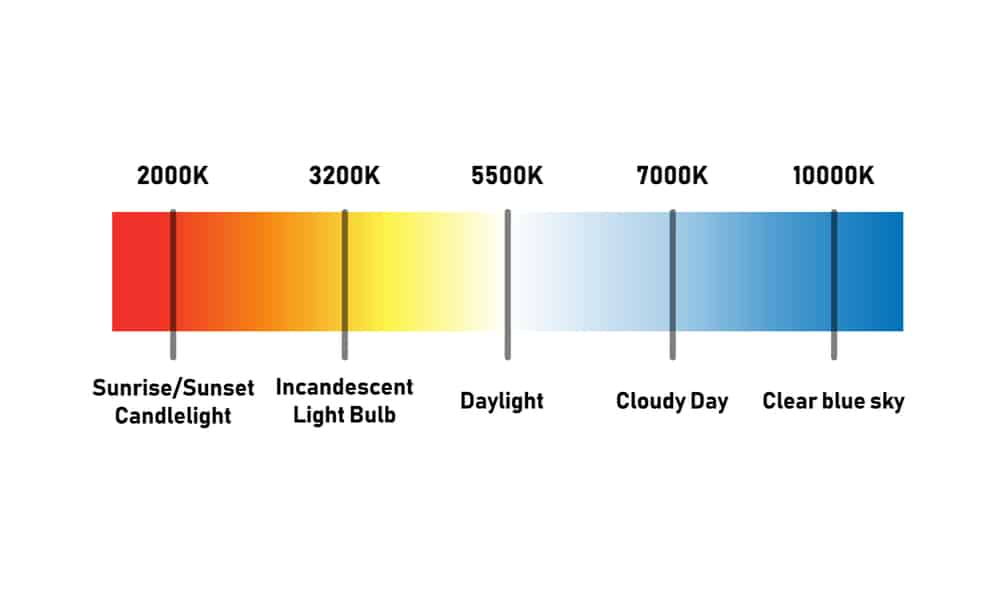
It is the next thing you need to think about. Most incandescent and halogen bulbs produce a soft white glow. CFLs diffuse a lot of blues, while the benefit of contemporary LEDs is the possibility of offering color temperature gamut.
Since white and blue lightings promote alertness, you should use them when you have some tasks to finish. On the other hand, yellow light is an excellent choice for reading and relaxing.
It would help if you used the Kelvin light scale to determine the desirable bright color that best suits you. Most people prefer warm yellowy light that the old light bulb produces, which is 2,700 on that scale.
9. CRI (color rendering index)

Every bulb needs to get a CRI score, which measures a light source’s ability to accurately represent different colors. In other words, it will allow you to see the exact color of things inside the room.
Traditional bulbs have an excellent CRI with a score of 90. On the other hand, CFLs and LEDs can’t reach more than mid-80. It is also an acceptable level, but it primarily depends on personal preferences.
10. LED lights
LED lights are highly popular nowadays thanks to their energy-efficiency and longer lifespan. Plus, this bulb offers the brightest light possible, whether you choose softer or warmer light tones. Keep in mind that these bulbs fade over time, so you should replace the batteries when noticing it.
Summary
It can be hard to choose the right reading light since many different types of bulbs are available on the market. Each model has its own advantages and downsides, and it’s up to you to make the decision based on your preferences.

